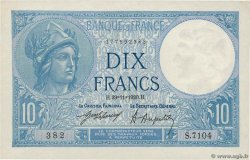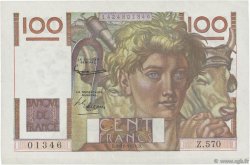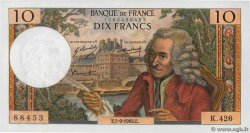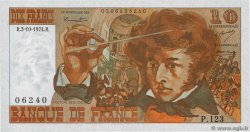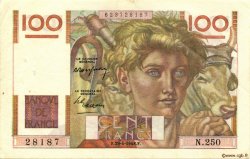feu_164149 - FRANCE 10 Cent NOUVELLE SEMEUSE PREMIER TYPE 1999 Pessac
Not available.
Item sold on our e-shop
Price : 190.00 €
Item sold on our e-shop
Price : 190.00 €
Type : 10 Cent NOUVELLE SEMEUSE PREMIER TYPE
Date: 1999
Mint name / Town : Pessac
Metal : nordic gold
Diameter : 19,75 mm
Orientation dies : 12 h.
Weight : 4,12 g.
Edge : striée
Catalogue references :
Obverse
Reverse
Commentary
Cette 10 cent est une des rares pièces ayant survécu à la destruction de ce premier type à fines cannelures. En effet la production de masse des euros français avait déjà commencé en 1998 lorsque la commission de Bruxelles opta pour une tranche à larges cannelures suite à des réclamations d’associations de mal-voyants et d’entreprises d’appareils automatiques. Ce premier type fut donc difformé avant d’être envoyé à la fonte, ce qui explique son aspect écrasé. Quelques exemplaires seulement en ont réchappé. Un article publié dans le Bulletin Numismatique n°34 signale qu’un même type à fines cannelures pourrait éventuellement avoir été frappé pour la pièce de 50 cent..
This 10 cent is one of the few coins to have survived the destruction of this first finely fluted type. Indeed, mass production of French euros had already begun in 1998 when the Brussels commission opted for a wide-fluted edge following complaints from associations for the visually impaired and automatic device companies. This first type was therefore deformed before being sent to be melted down, which explains its crushed appearance. Only a few examples survived. An article published in Bulletin Numismatique No. 34 indicates that the same finely fluted type could possibly have been struck for the 50 cent coin.
This 10 cent is one of the few coins to have survived the destruction of this first finely fluted type. Indeed, mass production of French euros had already begun in 1998 when the Brussels commission opted for a wide-fluted edge following complaints from associations for the visually impaired and automatic device companies. This first type was therefore deformed before being sent to be melted down, which explains its crushed appearance. Only a few examples survived. An article published in Bulletin Numismatique No. 34 indicates that the same finely fluted type could possibly have been struck for the 50 cent coin.








 Report a mistake
Report a mistake Print the page
Print the page Share my selection
Share my selection Ask a question
Ask a question Consign / sell
Consign / sell
 Full data
Full data